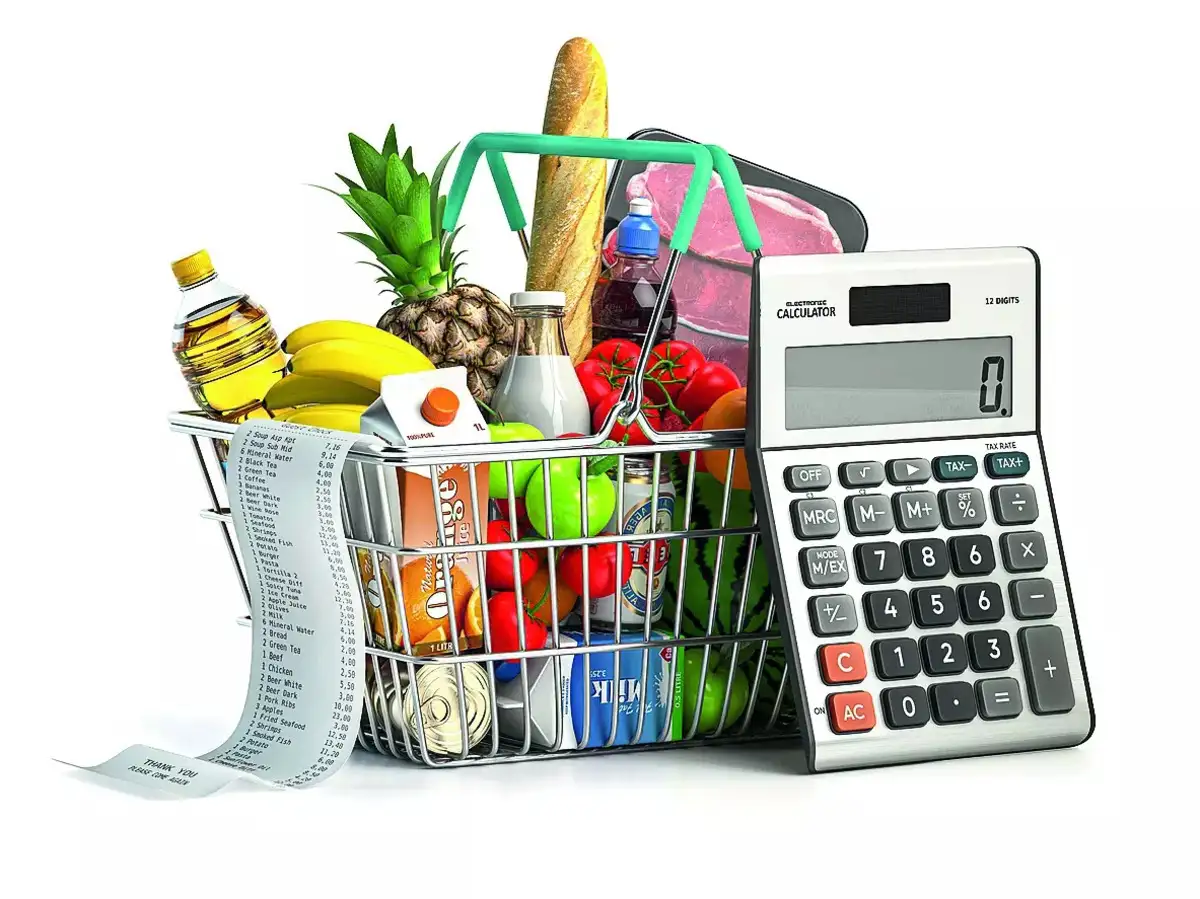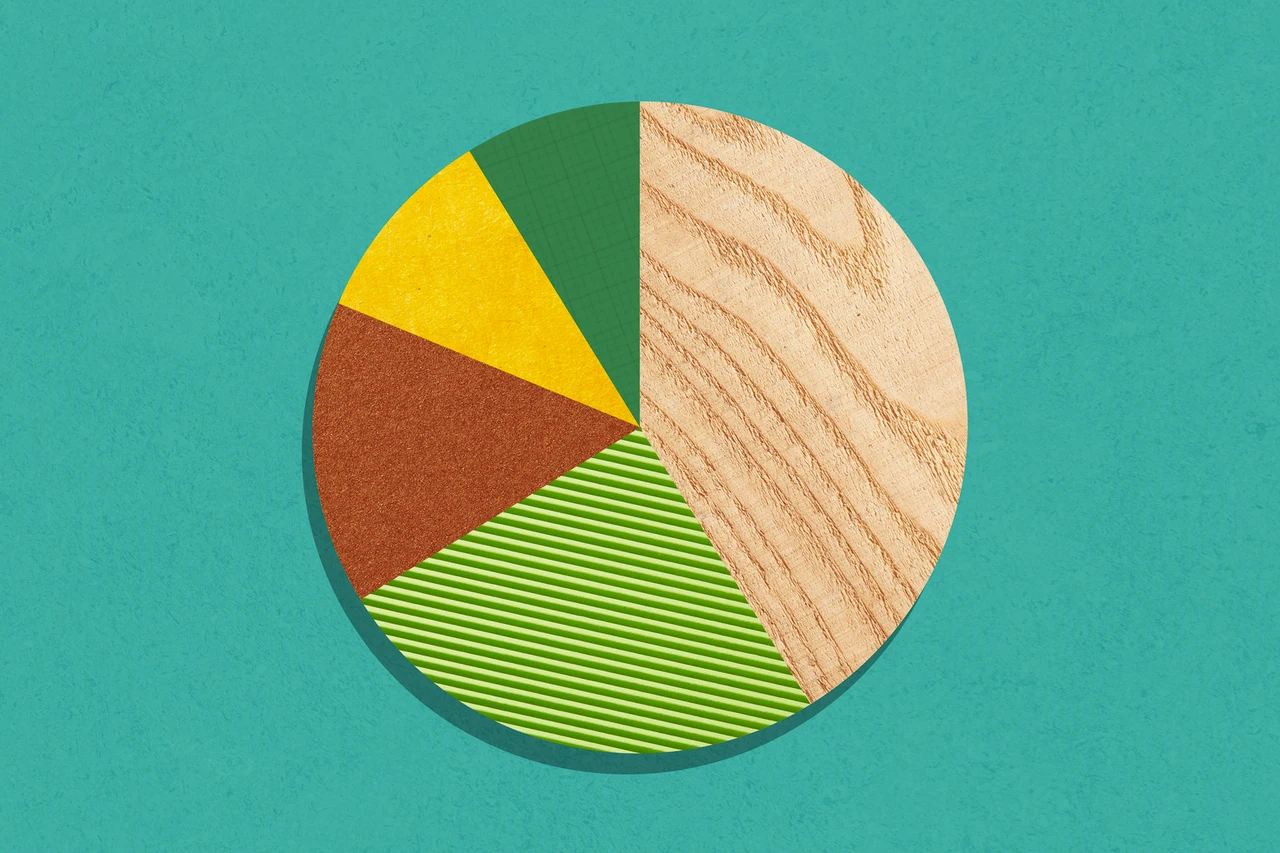Food prices continue to rise across the United States, and newly imposed tariffs are becoming a key factor in the increasing cost of groceries. Families already stretched by everyday expenses are feeling added pressure at the checkout counter.
What’s Driving the Increase
- Recent tariffs on imported agricultural and food products are adding direct costs to things like produce, sugar, dairy, and other staple items. When imported ingredients become more expensive, food manufacturers pass those costs on to consumers in the form of higher retail prices.
- Supply-chain disruptions, bad weather, and higher transportation costs have amplified the impact. The cost of moving goods, storing them, and maintaining steady supply has increased, contributing to food inflation.
- Demand remains strong for many food items, even as prices rise. Where consumers can’t substitute with cheaper alternatives, they absorb the higher prices. In many cases, lower-income households are hit hardest since food consumes a larger share of their budget.
How Big Is the Impact?
- Grocery bills have been rising steadily. For many households, the difference in spending from a year ago is noticeable, especially for perishable foods and imported goods.
- Produce, especially fruits and vegetables that depend on cross-border trade, are seeing steeper price hikes. Items that are heavily reliant on foreign supply chains are particularly vulnerable to tariff effects.
- Overall food inflation has outpaced general inflation in many areas, squeezing budgets for families who are trying to make ends meet.
Consequences for Consumers
- Households are changing behaviors: opting for store brands, buying less perishable items, and cutting back on non-essentials. Some are cooking more at home instead of eating out.
- Food insecurity risk is rising. As prices go up faster than incomes for many, the ability to buy enough healthy, quality food becomes harder.
- Shifts in diet quality may follow: cheaper calories increasingly from less fresh, more processed foods, which may affect long-term health outcomes.
What to Watch Going Forward
- Further tariff changes: If additional tariffs are enacted or existing ones deepened, food price pressures may increase again.
- Policy responses: How government addresses food inflation—through subsidies, trade adjustments, or easing of tariffs—will matter.
- Supply chain resilience and weather patterns: Severe weather, pest outbreaks, or crop failures could magnify price effects.
- Income and employment trends: Wages need to keep pace for consumers to manage rising food costs without sacrificing other essentials.
















Leave a Reply